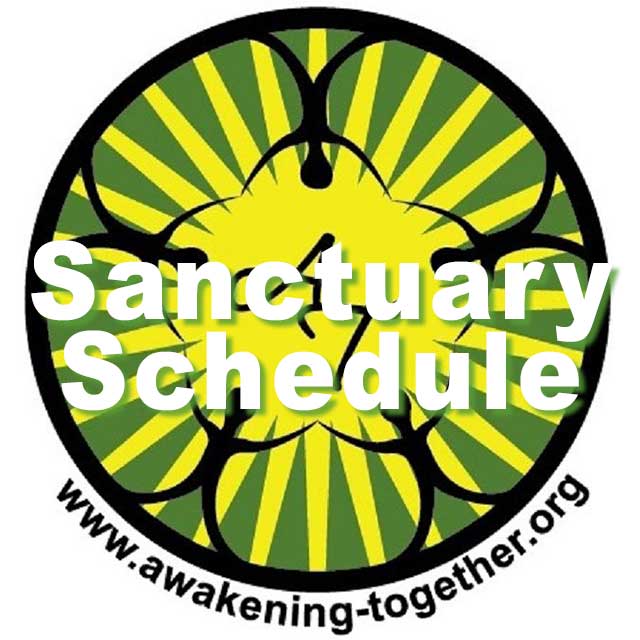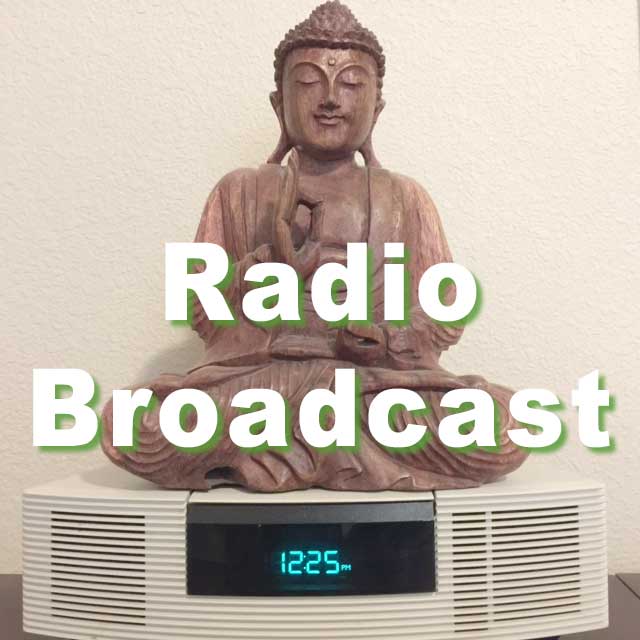I don’t know about you, but I am excited for the new start that begins tomorrow … our first lesson after the second review period. My heart is beating excitedly with joyous anticipation of the journey ahead. (It is also kind of fun that we begin this newest phase of our journey on Easter morning !! )
We are all currently working with our spiritual aspiration. After we watch the Meta-Secret film and listen to “The Secret Holy Spirit Style,” we will focus within and receive our own visualization plan. The purpose of the visualization plan is to promote our spiritual aspiration.
A Course in Miracles tells us:
“The value of deciding in advance what you want to happen is simply that you will perceive the situation as a means to make it happen.”
In other words, as we become crystal clear on what we want and focus on what we want, we will see clearly our part in achieving it. However, that’s not all there is to it. In the Meta-Secret film we were told to expect quantum leaps. Those are the miracles that we are entitled to. As we envision our spiritual aspiration and as we do our part to achieve our spiritual aspiration, the deeper part of our Self rises to join with us, and shifts occur that are beyond our little efforts.
This will happen!
So as I said, my heart beats excitedly with joyous anticipation of the journey ahead. We can’t imagine it, but it is coming because we are inviting it



